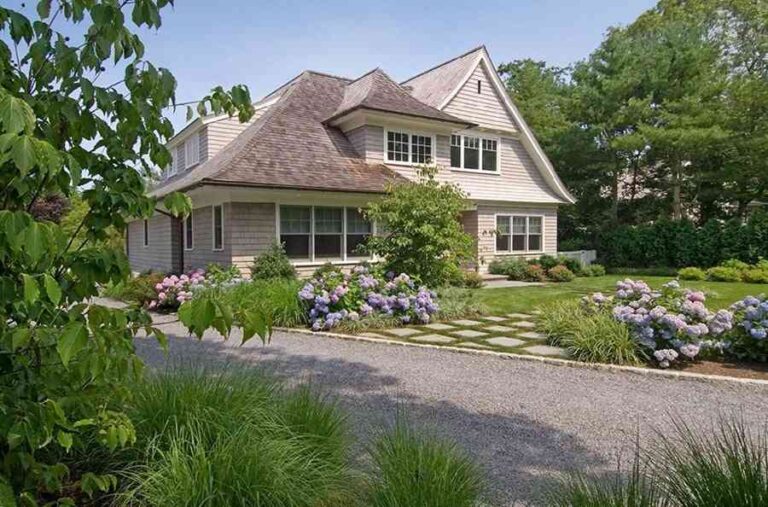Privacy and curb appeal aren’t competing priorities when you own an estate with substantial acreage.
In fact, they’re two sides of the same design challenge.
The truth is that the finest large properties must feel both secluded and inviting.
They should offer privacy but must never feel closed off or fortress-like.
Here’s how to combine seclusion with visual impact to enhance privacy and curb appeal, whether you’re planning a new build, reimagining an existing homestead, or evaluating raw land.
Use Living Screens That Fit the Land
On larger tracts, lawyered planting usually works greatly to soften boundaries and frame architecture.
It also helps deal with the wind effect.
Above all, it creates a perfect curb appeal mainly because the eye takes healthy, tiered vegetation as order and permanence.
To get an idea, you can check some popular properties and farms.
For instance, if you explore farms for sale in Ocala FL, you’ll notice they perfectly balance privacy with presentation.
Known as the “Horse Capital of the World”, Ocala’s equestrian estates and agricultural properties demonstrate how thoughtful screening and architectural detailing can provide both seclusion and spectacular curb.
You must understand that straight lines often feel harsh on acreage, which is why opting for sweeping arcs works great to melt hedges into the landform.
However, you need to maintain diversity here by mixing different species.
Not only does it reduce disease risk, but it also makes sure one layer shields the view if another becomes thin due to any reason.
Remember that a single hedge often feels flat, especially from a distance, so keeping grasses in front, shrubs in the middle, and trees behind can help build a visually rich edge.
Placing mass around parking courts, entry points, and outdoor rooms ensures privacy doesn’t feel like a wall of green.
Utilize Architectural Edges with Presence
It’s vital to mix things up with walls, fences, and freestanding screens to improve privacy in specific zones and create a solid first impression.
You should give it a shot because build edges work effectively to define thresholds, making it easier to control views predictably.
Be sure to pick the right materials though. For instance:
- Use low stone walls to break headlight glare
- Try vertical boards with minimal gaps for added privacy
- Install slatted screens near patios for filtered views
To use architectural edges effectively, you should focus on making the entry impeccable while making sure outdoor living areas get equal attention.
Make sure any fences you have are aligned with existing grades.
It’s essential to prevent awkward stepping.
Finally, remember, using durable materials and simple profiles will go a long way in maintaining the curb appeal no matter how severe the weather becomes.
Focus on Landform, Layout, and Sightlines
On acreage, you have to treat the ground as the most important privacy tool. Instead of going with a wall, you can get better results by using berms and swales.
The best part is that these elements are known to add some dimensionality to your outdoor area that may otherwise appear flat from the street.
You can use these elements differently to control the viewer’s eye.
To enhance privacy, all you have to do is break any lines and gaps.
For instance, curving a driveway or offsetting parking courts can make a huge difference.
These steps can block long sight corridors and still create a rhythm across your property.
Endnote
It’s true that creating privacy and curb appeal on larger properties requires a solid plan that involves using multiple solutions.
But you can get great results by using the right combination of architectural elements, layered plantings, and thoughtful landform.
Do it right and you’ll be able to create a home design that feels protected and intentionally designed.

